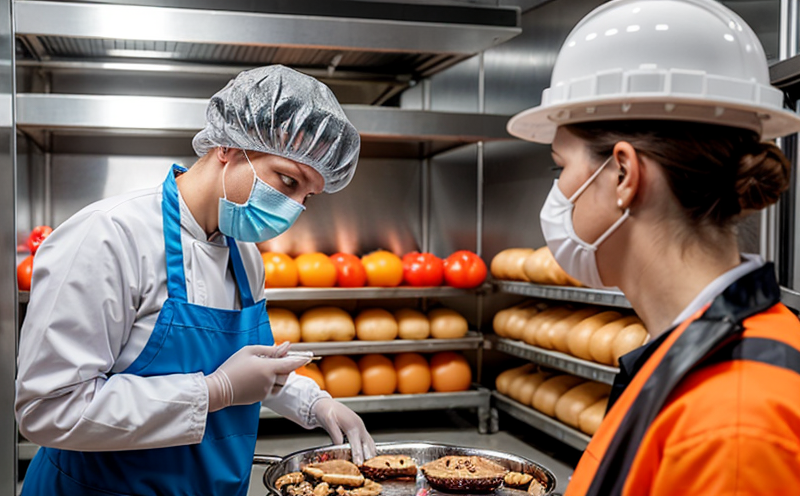
-
Food Safety and Testing-
Food Safety and Hazard Analysis-
The Importance of Hazard Mitigation Strategies in Food Safety
We provide comprehensive solutions designed to help our clients mitigate risks, enhance performance, and excel in key areas such as quality, health & safety, environmental sustainability, and social responsibility.
Discover
For many years, our organization has been operating successfully, boasting modern laboratories that meet international standards. These laboratories are equipped with the latest technology devices and equipment, and we have built a strong team of experienced and trained personnel to operate them.
DiscoverWelcome to Eurolab, your partner in pioneering solutions that encompass every facet of life. We are committed to delivering comprehensive Assurance, Testing, Inspection, and Certification services, empowering our global clientele with the ultimate confidence in their products and processes.
Discover
-
Food Safety and Testing-
Food Safety and Hazard Analysis-
The Importance of Hazard Mitigation Strategies in Food SafetyThe Importance of Hazard Mitigation Strategies in Food Safety
The food industry has undergone significant changes over the years to ensure that consumers receive safe and quality products. One critical aspect of food safety is hazard mitigation strategies, which involve identifying and minimizing potential hazards throughout the entire food chain. These strategies are essential for preventing contamination, ensuring compliance with regulations, and maintaining consumer trust.
Foodborne illnesses are a major public health concern worldwide, affecting millions of people each year. According to the World Health Organization (WHO), an estimated 1 in 10 people fall ill after consuming contaminated food every year. This has significant economic implications, with the WHO estimating that foodborne diseases cost the global economy around 15 billion annually.
Hazard mitigation strategies are designed to prevent or minimize these hazards from occurring. They involve a comprehensive approach that includes identifying potential risks, assessing their likelihood and impact, and implementing measures to control them. These strategies can be applied at various stages of the food chain, including production, processing, transportation, storage, and consumption.
There are several key principles underlying hazard mitigation strategies:
1. Hazard Analysis Critical Control Point (HACCP): This is a systematic approach that identifies potential hazards and controls their occurrence through a series of critical control points.
2. Prevention: Identifying and controlling hazards before they occur is more effective than trying to mitigate them after the fact.
3. Risk Assessment: Understanding the likelihood and impact of potential hazards helps prioritize mitigation efforts.
Key Components of Hazard Mitigation Strategies
Food Safety Management Systems (FSMS): FSMS are designed to ensure that food businesses comply with regulatory requirements and industry standards. A well-structured FSMS should include:
Hazard identification and control
Sanitation and hygiene practices
Employee training and awareness programs
Records management and monitoring
Supply Chain Management: The supply chain is a critical link in the food safety chain. Ensuring that suppliers are reliable, transparent, and compliant with regulations helps mitigate potential hazards:
Conducting supplier assessments and audits
Establishing clear communication channels
Implementing contractual agreements for compliance
Key Considerations
Regulatory Compliance: Adhering to regulatory requirements is essential for food businesses. This includes staying up-to-date on changing laws and regulations, as well as ensuring that internal policies and procedures align with industry standards.
Employee Training: Effective employee training is critical for maintaining a safe food environment:
Educating employees about potential hazards
Providing regular updates on new technologies and best practices
Continuous Improvement: Hazard mitigation strategies should be regularly reviewed and updated to reflect changing circumstances and emerging risks:
Conducting internal audits and assessments
Implementing new technologies and innovations
Encouraging open communication among stakeholders
QA Section:
Q: What is the primary purpose of hazard mitigation strategies?
A: The primary purpose of hazard mitigation strategies is to prevent or minimize potential hazards throughout the food chain, ensuring that consumers receive safe and quality products.
Q: How do I identify potential hazards in my food business?
A: Identify potential hazards by conducting a thorough risk assessment, which involves evaluating the likelihood and impact of potential risks. This can be done through various methods, including Hazard Analysis Critical Control Point (HACCP) analysis and Supply Chain Management assessments.
Q: What is the difference between hazard control and prevention?
A: Hazard control refers to measures taken after a hazard has occurred, while prevention involves identifying and controlling hazards before they occur. Prevention is generally more effective than control.
Q: How do I ensure compliance with regulatory requirements?
A: Ensure compliance by staying up-to-date on changing laws and regulations, implementing internal policies and procedures that align with industry standards, and conducting regular audits and assessments to identify areas for improvement.
Q: What role does employee training play in maintaining a safe food environment?
A: Employee training is critical for maintaining a safe food environment. Educate employees about potential hazards, provide regular updates on new technologies and best practices, and encourage open communication among stakeholders.
Q: How often should I review and update my hazard mitigation strategies?
A: Review and update your hazard mitigation strategies regularly to reflect changing circumstances and emerging risks. Conduct internal audits and assessments at least annually, and implement new technologies and innovations as needed.
Q: Can I rely solely on external auditors or consultants for ensuring compliance with regulatory requirements?
A: While external auditors or consultants can provide valuable insights and guidance, it is ultimately the responsibility of food businesses to ensure compliance. Regular internal audits and assessments should be conducted in conjunction with external evaluations.
Q: What are some emerging technologies that can aid in hazard mitigation strategies?
A: Emerging technologies such as blockchain, artificial intelligence, and data analytics can enhance hazard mitigation strategies by improving supply chain transparency, streamlining record-keeping, and identifying potential risks more efficiently.

NEBS and Telecommunication Standards
Network Equipment Building System (NEBS) and Telecommunication Standards The Network Equipment Bu...

Renewable Energy Testing and Standards
Renewable Energy Testing and Standards: Ensuring a Sustainable Future The world is rapidly transiti...
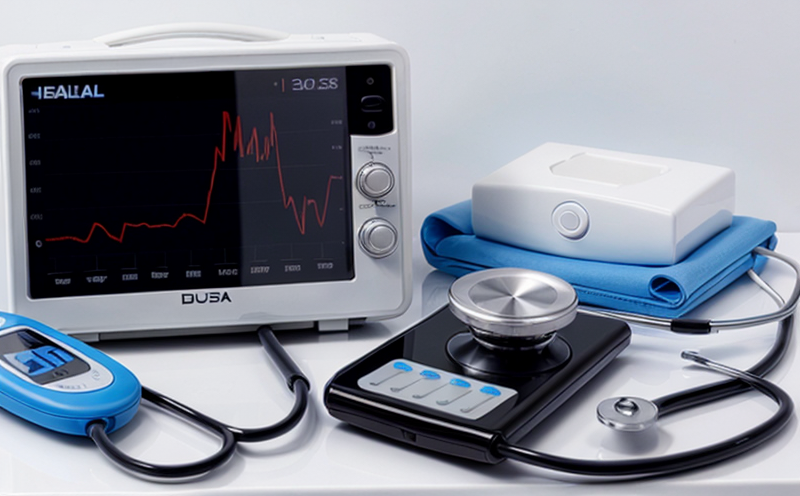
Healthcare and Medical Devices
The Evolution of Healthcare and Medical Devices: Trends, Innovations, and Challenges The healthcare...

Automotive Compliance and Certification
Automotive Compliance and Certification: Ensuring Safety and Efficiency The automotive industry is ...

Environmental Simulation Testing
Environmental Simulation Testing: A Comprehensive Guide In todays world, where technology is rapidl...

Construction and Engineering Compliance
Construction and Engineering Compliance: Ensuring Safety, Quality, and Regulatory Adherence In the ...

Product and Retail Standards
Product and Retail Standards: Ensuring Quality and Safety for Consumers In todays competitive marke...

Pharmaceutical Compliance
Pharmaceutical compliance refers to the adherence of pharmaceutical companies and organizations to l...

Electromechanical Safety Certification
Electromechanical Safety Certification: Ensuring Compliance and Protecting Lives In todays intercon...

Hospitality and Tourism Certification
Hospitality and Tourism Certification: Unlocking Opportunities in the Industry The hospitality and ...
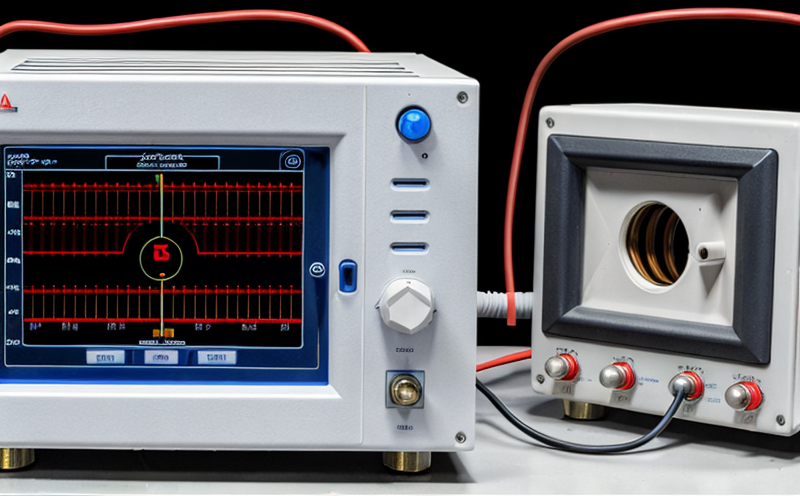
Electrical and Electromagnetic Testing
Electrical and Electromagnetic Testing: A Comprehensive Guide Introduction Electrical and electrom...

Military Equipment Standards
Military Equipment Standards: Ensuring Effectiveness and Safety The use of military equipment is a ...

Transportation and Logistics Certification
Transportation and Logistics Certification: A Comprehensive Guide The transportation and logistics ...

Lighting and Optical Device Testing
Lighting and Optical Device Testing: Ensuring Performance and Safety Lighting and optical devices a...

Battery Testing and Safety
Battery Testing and Safety: A Comprehensive Guide As technology continues to advance, battery-power...

Agricultural Equipment Certification
Agricultural equipment certification is a process that ensures agricultural machinery meets specific...
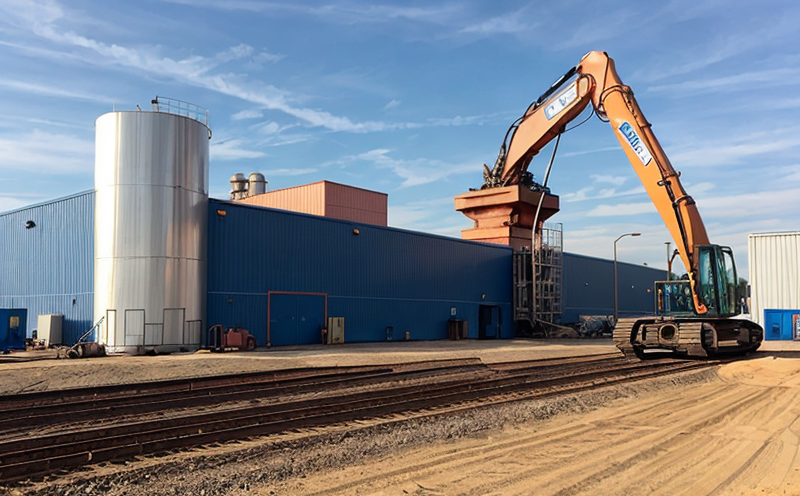
Industrial Equipment Certification
Industrial equipment certification is a critical process that ensures industrial equipment meets spe...
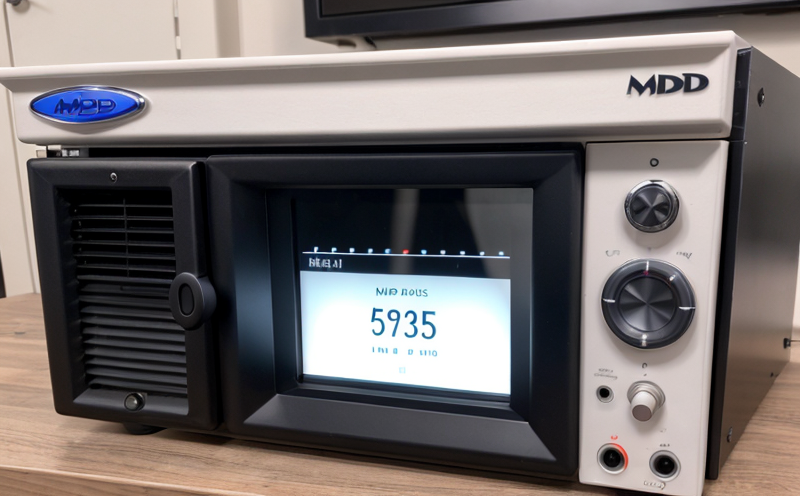
MDR Testing and Compliance
MDR Testing and Compliance: A Comprehensive Guide The Medical Device Regulation (MDR) is a comprehe...

Energy and Sustainability Standards
In today’s rapidly evolving world, businesses face increasing pressure to meet global energy a...

Cosmetic Product Testing
The Complex World of Cosmetic Product Testing The cosmetics industry is a multi-billion-dollar ma...

Aviation and Aerospace Testing
Aviation and Aerospace Testing: Ensuring Safety and Efficiency The aviation and aerospace industr...

Trade and Government Regulations
Trade and government regulations play a vital role in shaping the global economy. These regulations ...
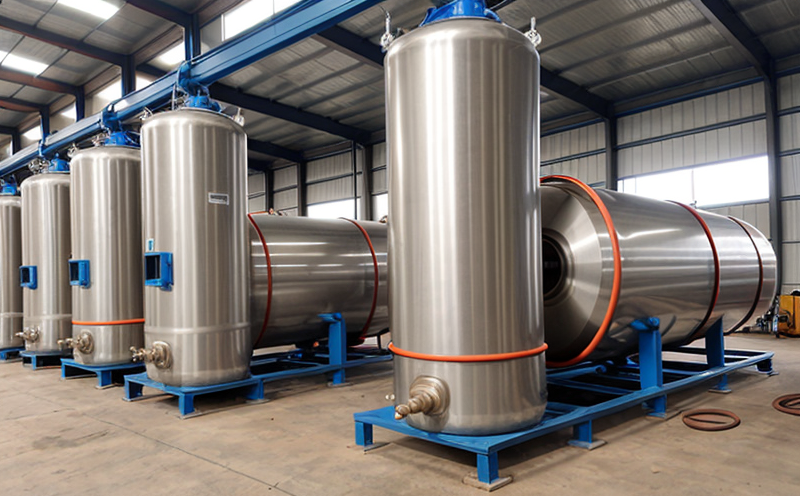
Pressure Vessels and Installations Testing
Pressure Vessels and Installations Testing Pressure vessels are a critical component of various ind...
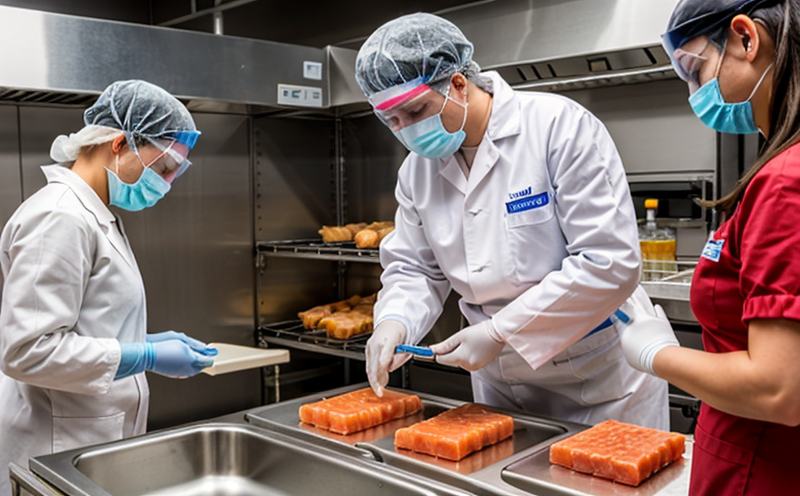
Food Safety and Testing
Food Safety and Testing: Ensuring the Quality of Our Food As consumers, we expect our food to be sa...
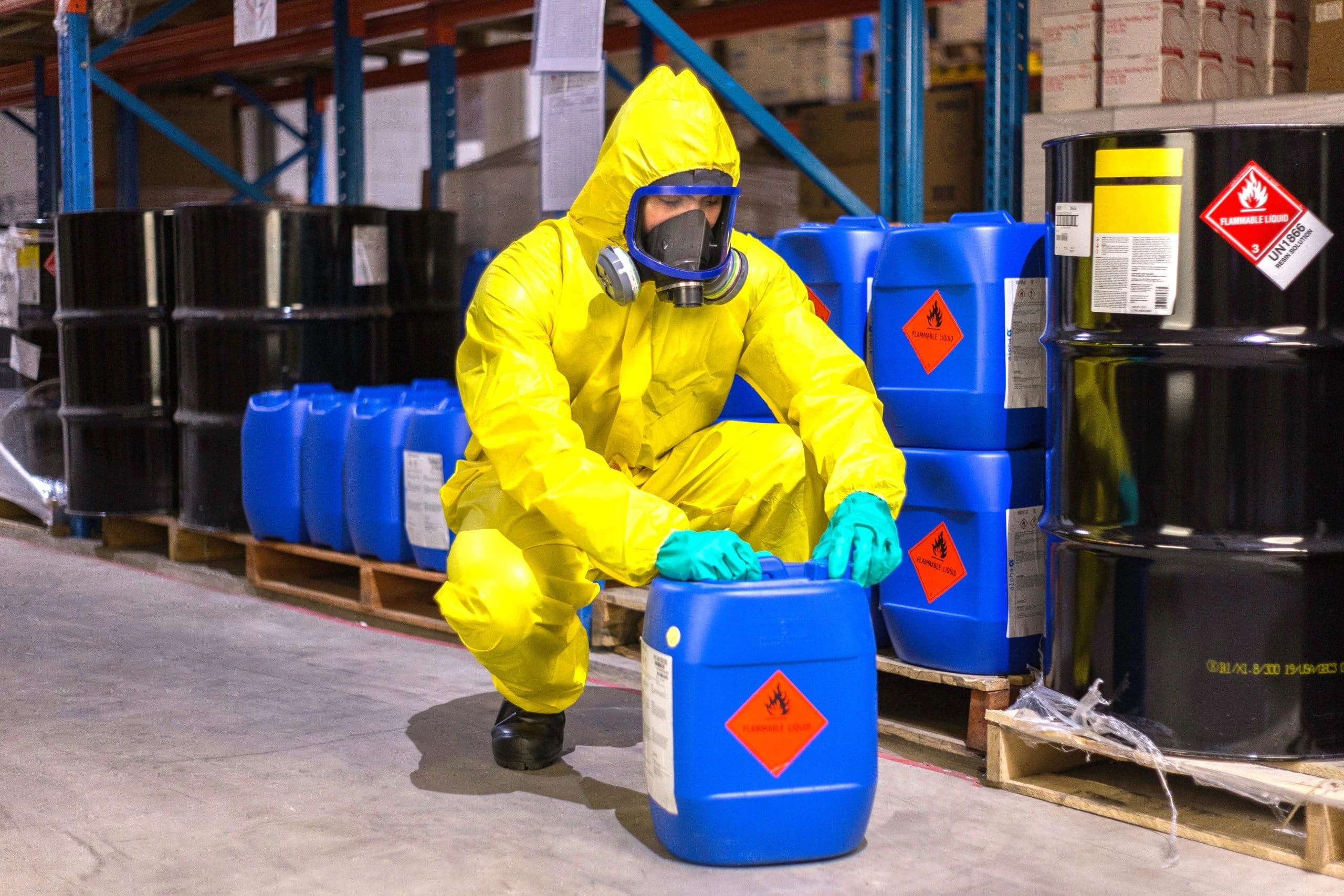
Chemical Safety and Certification
Chemical safety and certification are critical in ensuring the safe management of products and proce...

Consumer Product Safety
Consumer Product Safety: Protecting Consumers from Harmful Products As a consumer, you have the rig...

Railway Industry Compliance
Railway Industry Compliance: Ensuring Safety and Efficiency The railway industry is a critical comp...

Fire Safety and Prevention Standards
Fire Safety and Prevention Standards: Protecting Lives and Property Fire safety and prevention stan...

Environmental Impact Assessment
Environmental Impact Assessment: A Comprehensive Guide Environmental Impact Assessment (EIA) is a c...

IT and Data Center Certification
IT and Data Center Certification: Understanding the Importance and Benefits The field of Informatio...